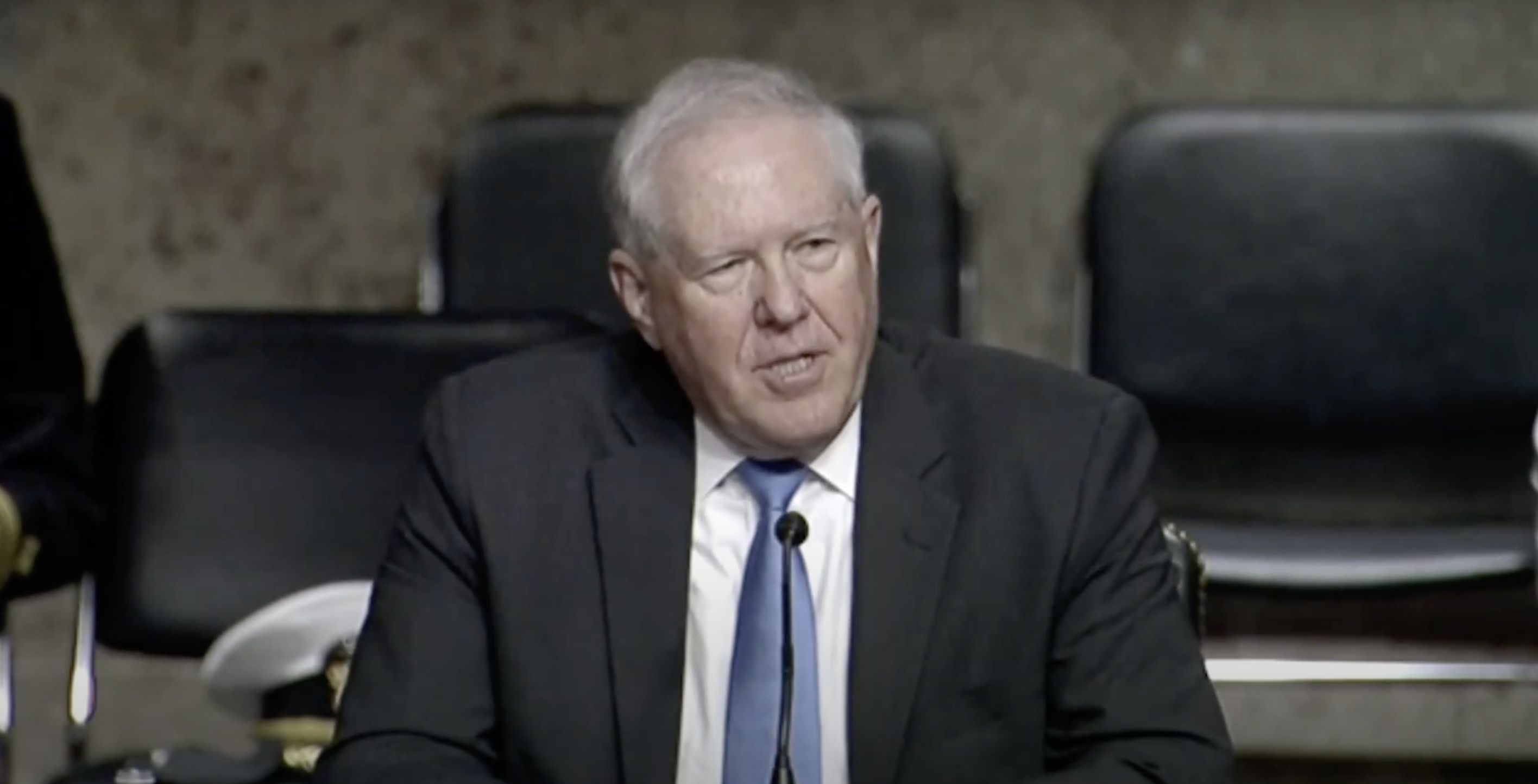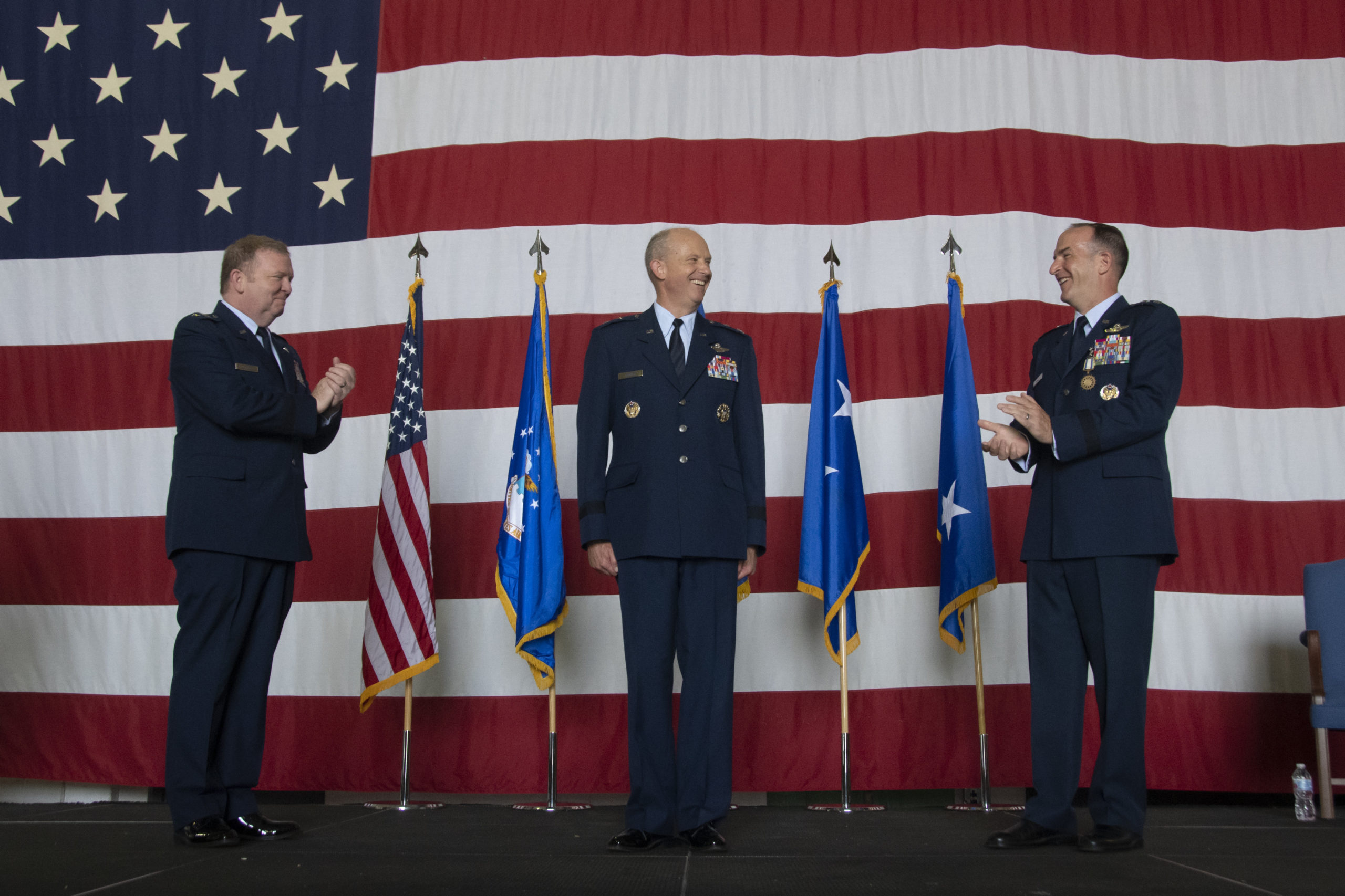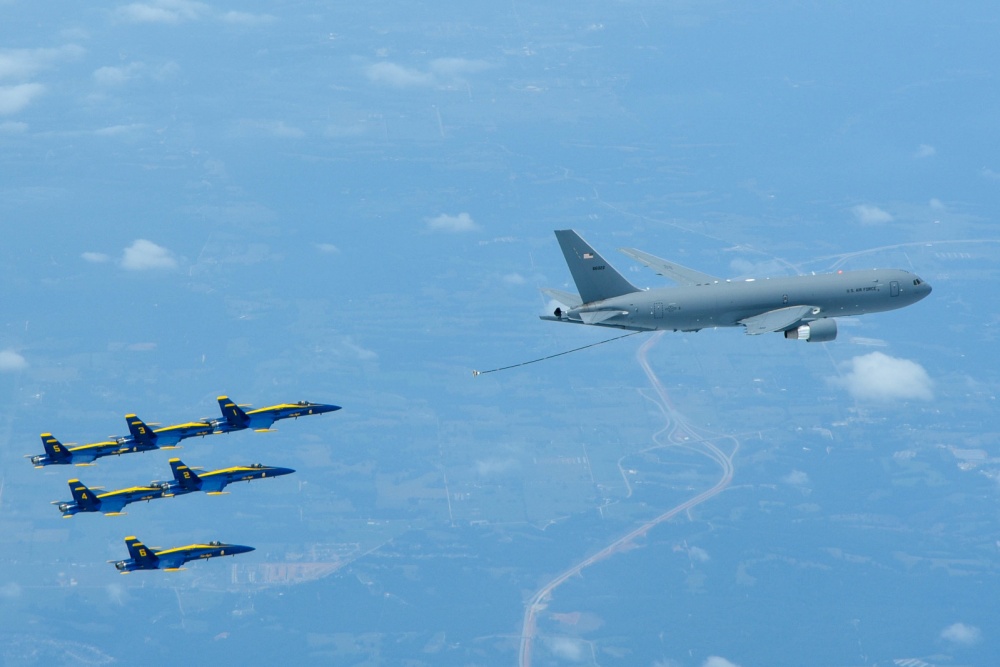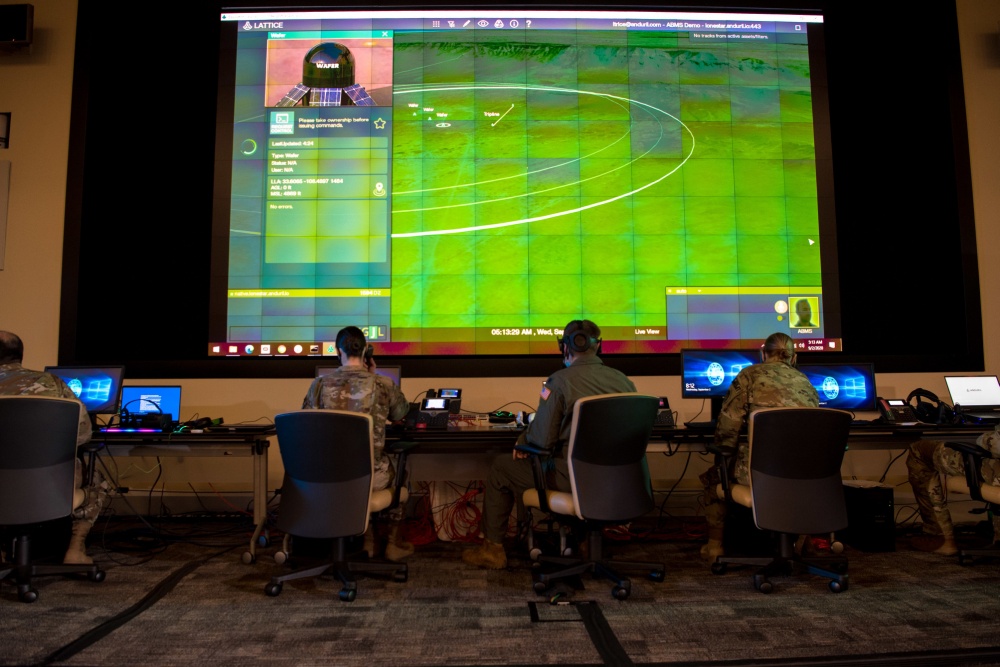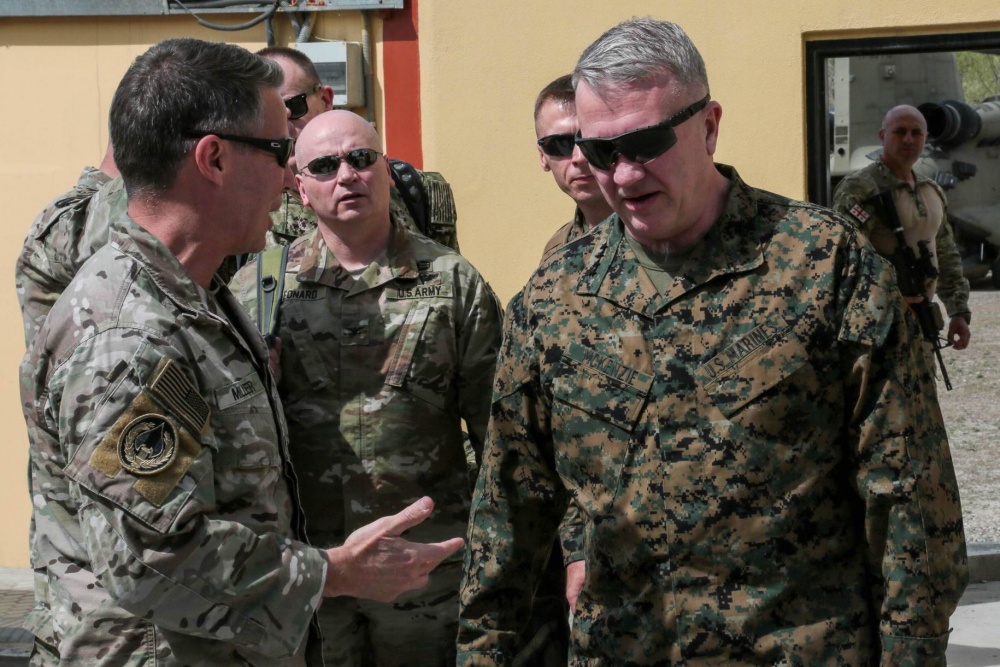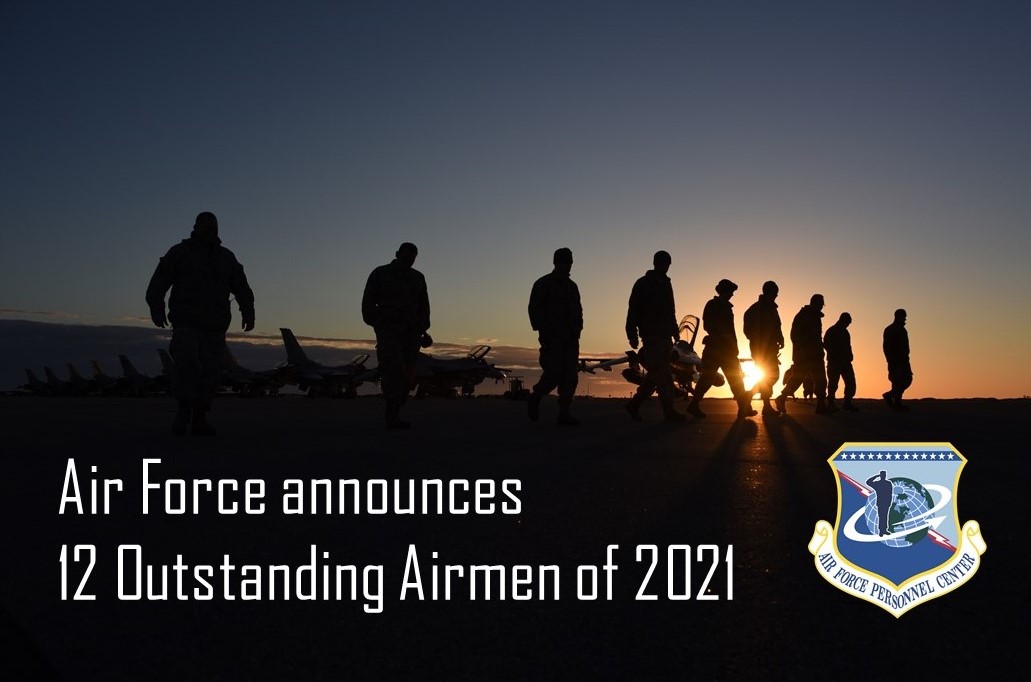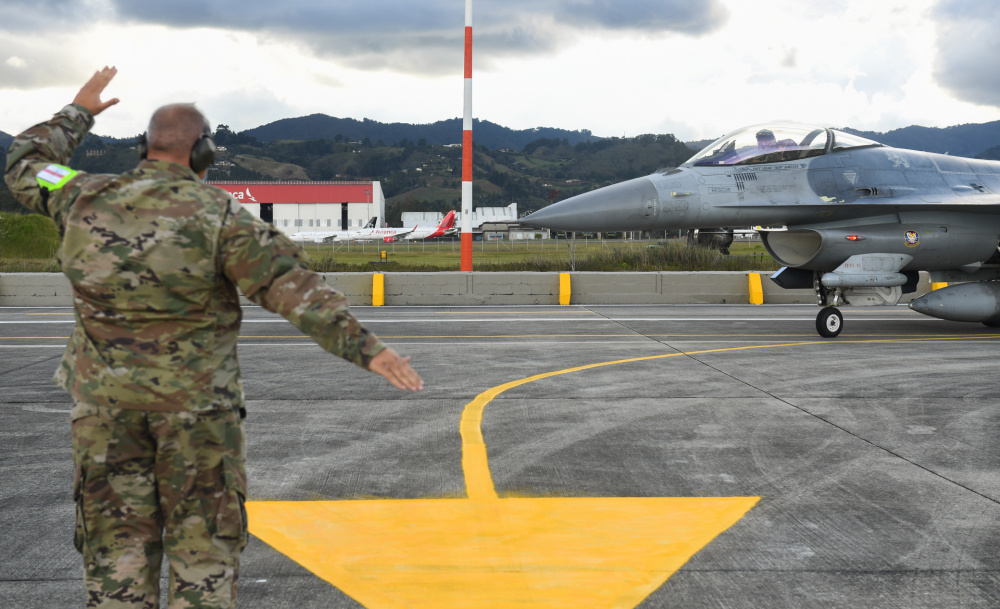Afghanistan’s American-trained, equipped, and financed military has lost dozens of provinces to the Taliban in “tactical retreats” in the 10 weeks since the U.S. began its withdrawal, but an Afghan government official in Washington, D.C., promised that his country would not succumb to the Taliban rebels and said it’s counting on aircraft the U.S. will give it to help defeat its nemesis.
“We are going to take it back, and we have that capability,” the official said July 13, dismissing the possibility that the Taliban might ultimately seize Kabul and the Afghan air force’s assets. “Our air force, our air bases [have the] maximum securities.”
Afghan officials spoke to Air Force Magazine on the condition of anonymity.
The Pentagon announced July 12 that it will give the Afghan Air Force 37 UH-60 Blackhawk helicopters and three A-29 Super Tucano light attack aircraft and also refurbish its fleet of Mi-17 Soviet-era helicopters to support its 300,000-strong ground force.
The official who referred to “tactical retreats,” who helped to facilitate Afghan President Ashraf Ghani’s recent visit to Washington, described the military’s ceding of rural provinces to the Taliban as a tactic to avoid losing soldiers and causing civilian casualties. He accused the Taliban of embedding in civilian areas as a means of warding off artillery attacks by government forces.
Peace talks between Ghani’s Kabul government and the Taliban have stalled, and defense experts say the Taliban is using the U.S. withdrawal and its own offensive to increase its bargaining position.
The United States, meanwhile, no longer provides air support to Afghan Armed Forces when in need, ratcheting up the pressure on the Afghan air force. Pentagon spokesman John F. Kirby told journalists July 13 that the first two Blackhawks would be delivered soon.
The Afghan official said the helicopters are sorely needed. “It is crucial,” the official said. “Air support is crucial for our ground forces, and we need them desperately as the United States and NATO withdraw the troop. We need these Blackhawks right away.”
Terrorists pouring in
The Afghan officials emphasized the counterterrorism nature of promised “over-the-horizon” support from the U.S., insisting that the Taliban and terrorist groups including al Qaida and Islamic State are working in concert to bring down the Afghan central government.
“There are 20 terrorist networks or groups fighting in Afghanistan,” one official said. “The Afghanistan security forces are not only fighting with the Taliban. They are fighting with these 20 terrorist groups.”
Terrorist sympathizers are reportedly crossing the border with Pakistan to join the Taliban against the central government. The official denied reports that airstrikes were withheld due to lack of U.S.-provided intelligence, surveillance, and reconnaissance. The official also said Taliban propaganda was painting an inaccurate picture of the Afghan government’s battle rhythm and capabilities.
The Afghan Ministry of Defense has released near daily videos of airstrikes on Taliban targets, named Taliban commanders killed, and listed the number of Taliban fighters injured and killed.
“As a result of the attacks and operations of the air force, especially in recent weeks, terrorists have suffered heavy casualties across the country,” Afghan Defense Minister Bismillah Khan Mohammadi said July 11. “The airstrikes of the Afghan air forces have frightened the enemy.”
‘We have the pilots’
The official also assured that the Afghan Air Force has sufficient pilots and maintainers to operate effectively despite recent reporting by Reuters that seven Afghan pilots had been assassinated by the Taliban and that the Afghan air force would soon be short on pilots.
“We have the pilots, the maintainers, but we … need the support, continuous support to continue the mission,” the official said of U.S. promises for financial assistance, pilot training, and remote maintenance.
The official said airstrikes by the Afghan air force are conducted using Afghan military intelligence, but the official admitted that maintaining aircraft will get harder without assistance from American contractors. At present, aircraft maintenance is expected to be performed remotely by American forces at Al Udeid Air Base in Qatar.
“Airstrikes [are] happening in coordination with the Afghan ground troops in the field,” the official said, confirming Afghan ISR capabilities. “Of course, without that critical information, those pinpoint operation air strikes wouldn’t happen.”
The United States has so far not announced a regional basing agreement, even after Defense Secretary Lloyd J. Austin III met with the defense ministers of Uzbekistan and Tajikistan on July 1-2.
Nonetheless, the Afghan official expressed high confidence that the over-the-horizon support that could be provided by the U.S. Air Force from bases in the Gulf countries are sufficient to support the Kabul government’s fight against the Taliban.
“We believe in the capability of our security forces and the air forces,” the official said. “As long as we are united, we believe in these 350,000 brave soldiers. … Afghanistan will not fall at the hand of the Taliban.”


